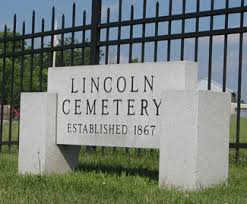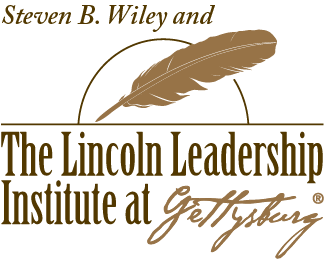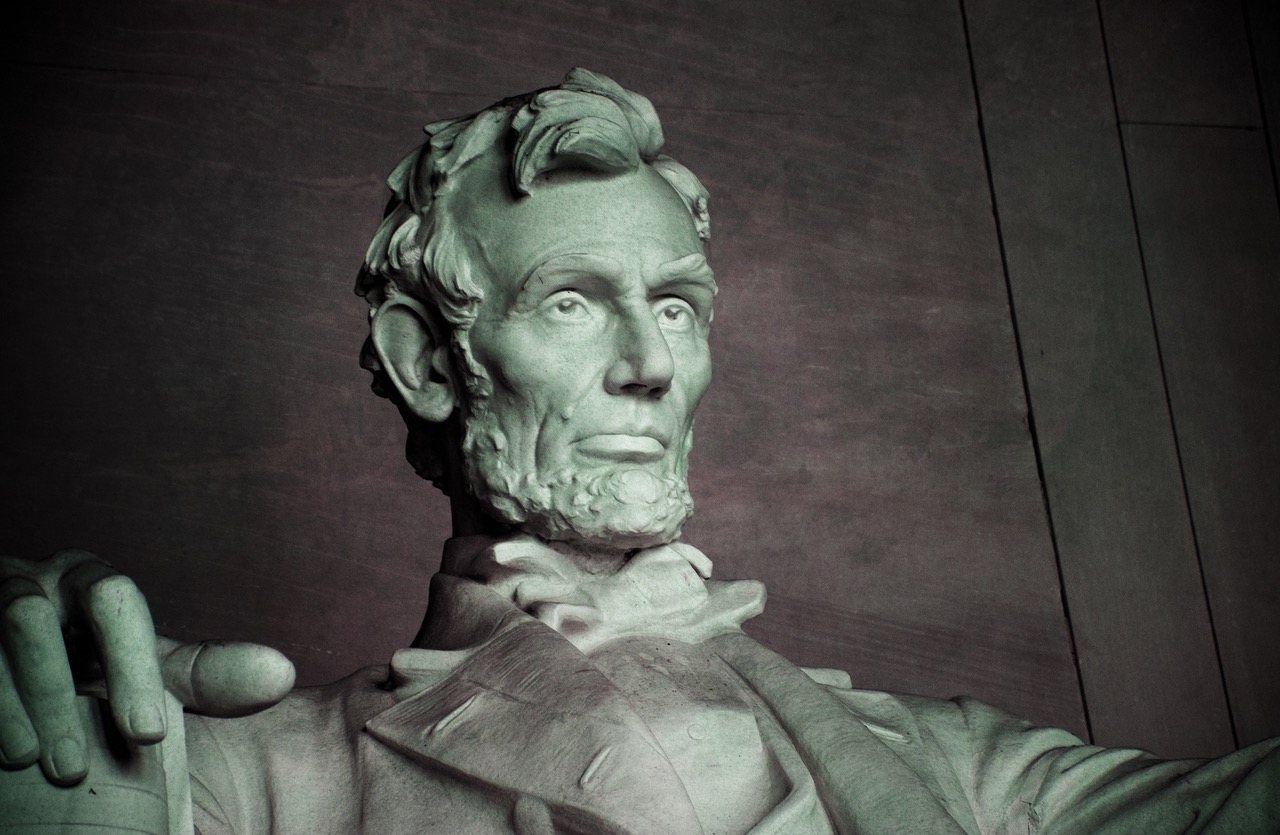Owen Robinson could not remember his birthday, but there was one day he would never forget. It was November 5, 1817, the day he was set free as a slave.

Born in Maryland, during the turn of the century, Owen was born into slavery. His luck changed one day when his southern master decided to set him free. He traveled north to start a new life and found himself in a small town north of the Mason Dixon line, in Pennsylvania, called Gettysburg. There he started a confectionary shop popular for ice cream in the summer and oysters in the winter. Both black and white residents of the town frequented the shop, and Owen was well-liked by the adults and children in the town. The 1860 census listed Robinson as “confectioner”.
Charles McCurdy, a Gettysburg resident, recounts his memories of Owen and his shop in his memoir:
“He kept a little restaurant where he sold oysters in the winter and ice cream in summer, and one of my delights as a boy, was to hang around his shop and watch the fascinating process of making the latter…” (Charles McCurdy, “Gettysburg: A Memoir”)”.
Owen and his family, along with the other African-American residents in the town, were always on alert for the possibility of a Confederate invasion, knowing what a danger this would pose to them especially.
“Whenever there was a report that the Rebels were coming he would decamp with his family for a place of safety, and not return until the coast was clear.”
In June of 1863, after many false alarms, the townspeople became aware of the certainty of the Southern army’s arrival into Gettysburg.
“This time there could be no doubt that the dreaded enemy was at hand, and the Robinson family joined the exodus of the colored population.”
In 1866, after the end of the Civil War, Owen was one of the founding members of the Sons of Good Will, who joined together to take care of the sick and to raise funds to build a cemetery for the community of African-Americans in Gettysburg.
In 1867, The Lincoln Cemetery was built and was originally known as the Goodwill Cemetery; 450 local citizens were buried there, as well as 30 veterans from the United States Colored Troops (USCT).
Owen Robinson lived in Gettysburg until his death on August 27, 1900, and is buried in the Lincoln Cemetery.
Margaret Palm lived in Gettysburg, along with 190 other free African-Americans, making up about 8% of the town’s population. She rented a shack on Emmitsburg Road, from Abraham Brian, and lived there with her husband Alf Palm and their child.
Like many African-American women in the Gettysburg community, Mag made a living by scrubbing floors and washing clothes. One winter night in 1858, slave-owners from Maryland attempted to kidnap her and sell her into slavery. Mag was attacked by two men who tried to tie her hands and take her away. She fought off both of them.
During the months leading up to the Battle of Gettysburg, African-American members of the Gettysburg community began fleeing their homes, for fear that their freedom and safety would be in jeopardy, once the Confederates invaded the town.
During the battle, her home was occupied by the Union army and eventually destroyed by the fighting on the last day of the battle, July 3, 1863.
Despite hardships in her marriage, as her husband drank and was prone to fits of rage, Mag managed to buy her own home after the battle was over. She continued to still struggle financially and was never able to stop beating rugs and scrubbing floors for a living.
Mag passed away in October of 1896 from a heart ailment. She was buried in the Lincoln Cemetery in Gettysburg, among many other African-American civilians of the town.
Sources:
http://www.gdg.org/Gettysburg%20Magazine/gburgafrican.html
https://writinghistorylit.tumblr.com/post/175189578113/owen-robinson-gettysburg-civilian-owen-robinson




Recent Comments